This seems ridiculously easy, but I can't find it anywhere...
I have a VERY simple sequence container with two tasks: Truncate a SQL table, and repopulate it from production. But this container will be repeated for about 50 tables. The container's name (entered manually) = the name of both the source and destination tables.
I have two variables:
"TableName" is entered manually. "DelTable" is an expression that uses @[User::TableName] to generate a simple SQL statement.
I'm super-lazy and would like to use an expression to set "TableName" = the name of the current scope so I only have to enter it once.
Ideas???
THANK YOU!

